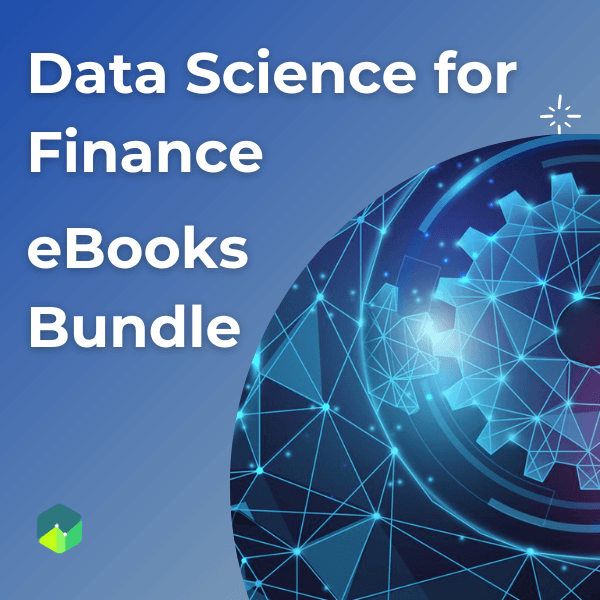Inflation, Hyperinflation, Deflation and Disinflation
Inflation is a rise in the level of general goods and prices.
When the increase in prices is rapid, due to a war or any other upheaval it results in people holding lesser money. This scenario is called hyperinflation. These crises do not permit the government to collect taxes, leading to quick and large increases in prices in a short period of time.
Economies in the middle of a tough recession see their inflation rates go below 0%, that is in the negative. During a recession demand falls and with it prices of goods. People further wait to make purchases. This leads to a further decrease of aggregate demand. Such a situation when inflation rates go negative is called deflation.
When the inflation rate starts to reduce at a slow rate it is called disinflation. This fall in inflation rate occurs over a short term and does not necessarily herald a slowdown in the economy, unlike deflation.


